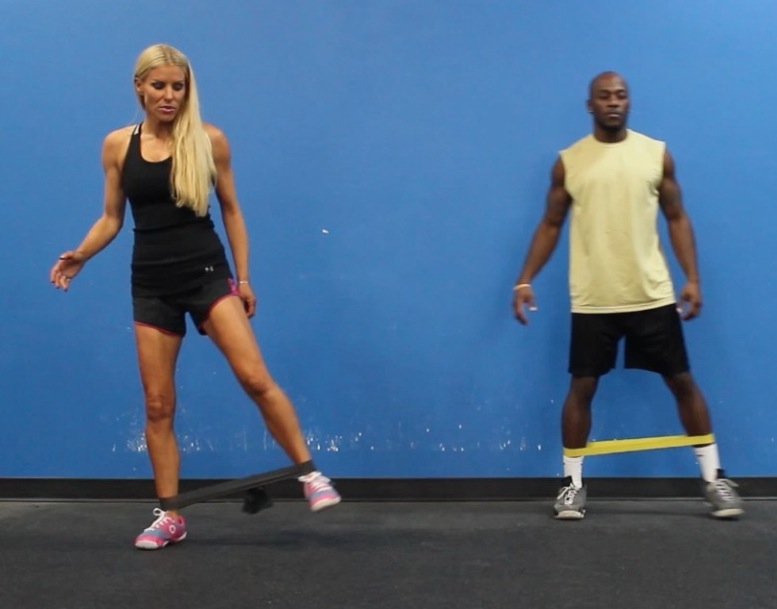Many people die from heat-related illnesses every year, and f rom 1979 to 1999 alone, heat-related deaths totaled 8,015 people in the United States. With that being said, heat-related illnesses should not be taken lightly. Heat illnesses are progressive conditions and if recognized in the early stages can usually be reversed. There are three common types of heat illnesses. Heat cramps are the least serious followed by heat exhaustion and heat stroke.
Heat cramps are very painful, involuntary muscle contractions that occur because of substantial fluid loss from sweating during physical activity. They usually strike without warning. Heat cramps can progress into heat exhaustion if not properly treated.
During heat exhaustion, people generally sweat profusely. Some additional signs of heat exhaustion may include cool, moist, pale, or flushed skin; headaches; nausea; dizziness; and weakness. If symptoms occur treatment should be given immediately. If heat exhaustion is not treated promptly heat stroke may occur.
Heat stroke is the most severe of the three conditions. Symptoms include the skin being red, hot and dry, although one may still be sweating heavily. Other signs of heat stroke include nausea, vomiting, extreme weakness, dizziness, confusion, and altered levels of consciousness. As heat stroke progresses the victim can experience seizures and loss of consciousness.
How to prevent heat illnesses
- Strenuous activities should be reduced if done during hotter times of the day during the warmer months.
- Avoid wearing dark and tight clothes that will attract sunlight and restrict airflow to your body.
- Do not drink Alcoholic beverages the day before strenuous activity
- Spend breaks from physical activity in shade or Air conditioning
- Drink lots of fluids before, during, and after physical activity
For more information on heat-related illnesses visit www.sportsafety.org/articles/health-and-nutrition/.
Information comprised from: Spengler, John, Daniel Connaughton, and Andrew Pittmen. Risk Management in Sport and Recreation. 1st. 2005. 33-35. Print.








One Comment